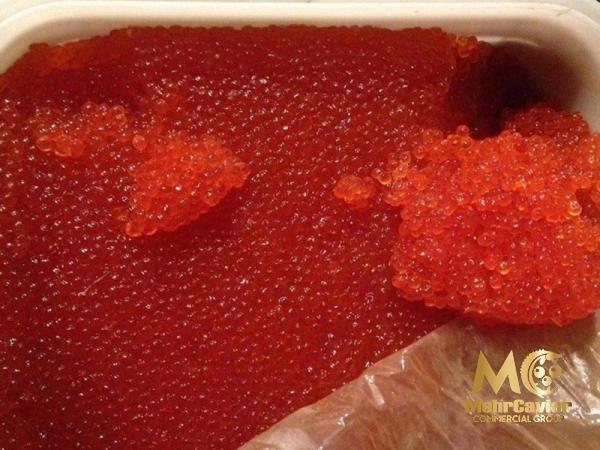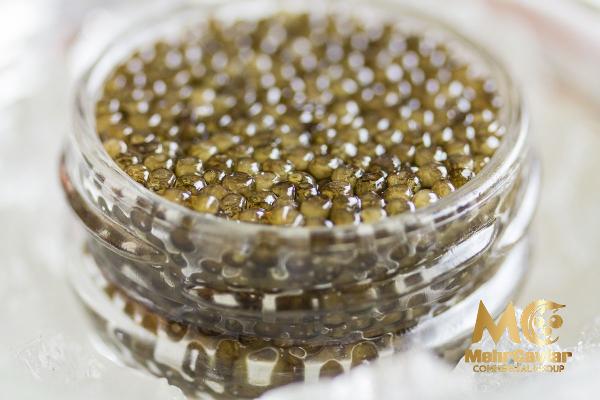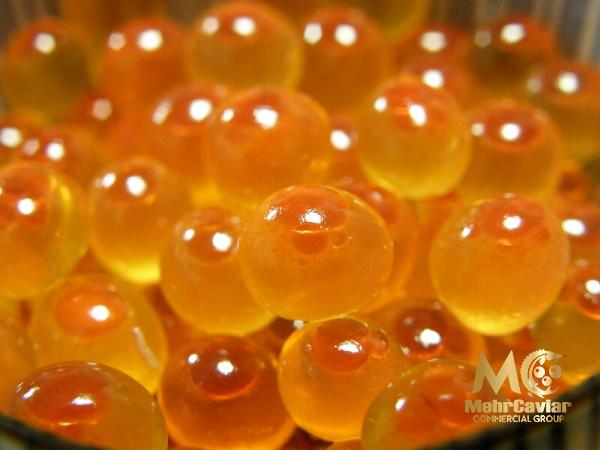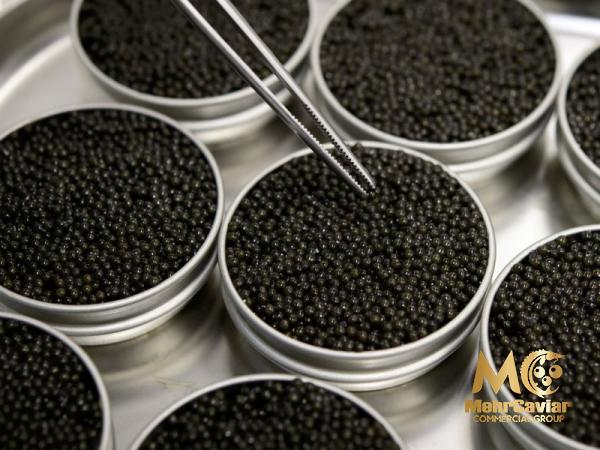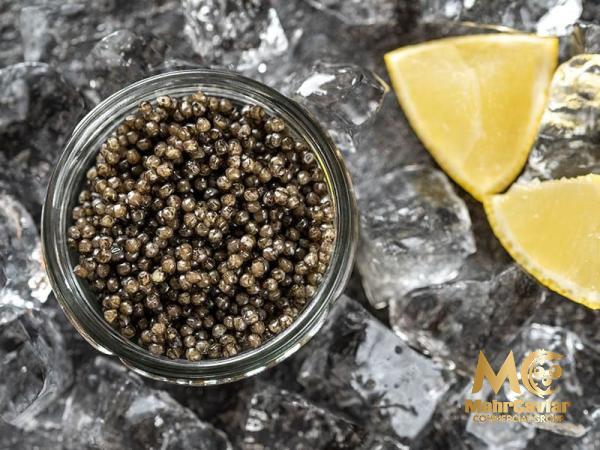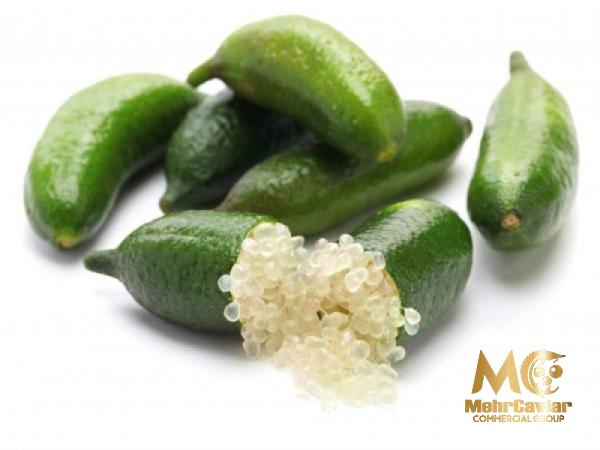Are Beluga Whales Killed for Caviar
Beluga caviar is an exquisite topping on many luxury meals but is it really worth it if it comes at the cost of beluga whale extinction?
How Caviar is Harvested?
To be frank, almost all caviar comes from dead fish
Fishermen on the Caspian wait for mature female beluga fish (at least ten years old) to travel upstream and deposit their eggs
When the fish is captured, she will be carried to a huge boat where workers will cut her, open, and extract her eggs
The caviar is cleaned and packaged to avoid spoiling; the remainder of the fish is sold for meat
Why can’t the fisherman wait till the sturgeon lays her eggs before harvesting?
To begin with, gathering the eggs would be very difficult
A spawning female may be large, with pounds of black caviar clumped together on her ovaries
When she throws these eggs into the water, they become considerably more difficult to catch, clean, and package

Is There a Way to Harvest Caviar without Killing the Fish?
The good news is that there is a way to harvest caviar without having to kill the fish, thanks to Angela Kohler
Angela Kohler’s inventive method of removing eggs is straightforward
First, an ultrasound is used to clearly see the eggs
A “signaling” protein is administered to the fish a few days before collecting the caviar to trigger labor in the fish
The caviar is then massaged out of the fish’s abdomen and submerged in a calcium-water solution before being salted, packaged, and consumed
This is referred to as “sustainable caviar” since the fish may then be returned to the sturgeon farm to lay eggs again throughout the course of its 60 to 12-year life cycle

Are Beluga Whales Being Killed for their Caviar?
Sadly, yes
The Beluga sturgeon is now classified as severely endangered
It might take up to 20 years for a beluga sturgeon to mature
The eggs are the biggest of roes and vary in color from dark gray to light gray, with the lighter hues originating from older fish and being more valuable
The US announced a ban on the imports of beluga caviar from the Caspian Sea
The ban was announced by the U
S
Fish and Wildlife Service
It is aimed at protecting endangered sturgeon in the areas around Azerbaijan, Iran, Kazakhstan, Russia, and Turkmenistan

